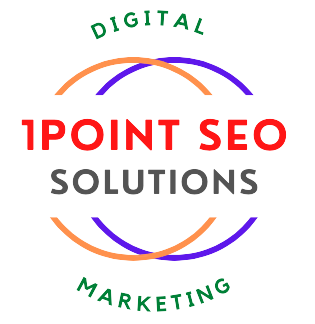[ad_1]
The exact amount to be spent on Pay Per Click advertising depends on the nature of the campaign to be executed. As the name suggests, with PPC campaign advertisers need to pay every time when someone clicks on it. It is the popularity of the keyword that is going to determine the cost you need to pay.
Below, we have chalked out a framework that lets you calculate a realistic budget. This framework can be categorized into two stages namely testing and potential return on investment (ROI).
Stage 1: – Testing
It is absolutely not possible to figure out the budget to be spent right at the initial stage itself. You got to test many ideas and analyze the outcome to know the campaigns that might work and those that might not work. As an exception, the profitability of certain campaigns can be ascertained at the beginning stage. However, this happens in rare scenarios, when the competition level of target keywords is low. Explore, test and research your campaigns by investing a decent sum in this phase with no expectations of returns.
A proper understanding of certain basic components is vital before you test your campaigns out.
Cost per click for target keywords: – PPC model adopts an approach wherein irrespective of the number of times your ad appears, you are warranted to pay only when someone clicks on it. The cost varies with keywords, and Google offers an estimate of the amount you need to shed for each click. For example, the keywords “athletic shoes” and “body deodorant” commands a CPC of 5 AED and 6 AED respectively.
Prepare a complete list of keywords that you want to test and use Google AdWords Keyword Planner tool to calculate the approximate estimate for every keyword. Please do note that it is just an estimate and not an actual cost. There might be an increase or decrease.
How long can be the testing phase?
The mistake many PPC campaign managers commit is by restricting the testing phase. Though there is no specific time period for testing phase and the benchmark amount to be spent during the testing phase, it predominantly depends on the industry and keywords chosen. For keywords with increased search volume, results are visible in a short span of time. When the search volume is low, testing phase gets elongated, and hence it will take time to obtain meaningful insights.
Prospective Sales Conversion Rates: – Arrive at an approximate estimation by considering that, it would be 1 in 100 people who will be viewing the ad and clicking on it and, another 1 in 100 people who will be getting converted as customers. Though it is just an estimate, in reality, your ad might command more or less traffic.
How to arrive at a testing budget?
The first thing is to decipher the cost for keywords to be tested. If you are able to convert 1 customer through 100 clicks, then the cost per sale should be inferred by dividing the cost per click by 1 percent. For a keyword costing $5 per click the cost of an estimated sale is $500.
Stage 2: – Potential Return on Investment (ROI)
Upon completion of the testing phase, the goal is to enhance the return on investment from AdWords. Many have doubts with regards to the tune of investment to be made in the ROI stage. If suppose that your ads are profitable and netting maximum returns, you can pump in more investment.
It is crucial to strengthen the quality of ad texts so as to increase the ad quality score in order to decrease the cost per click rate. On the other hand, it is equally important to focus on earnings per click. Earnings Per Click gives an indication of the amount your business can afford for every single keyword. Your campaign is considered to be profitable when you pay less.
Once you identify the prospective ROI, it is time to build a conversion-centric PPC strategy for your business. And, this should be very precise and should have taken into account all the insights obtained during the testing phase. The strategy so developed should be in tune with the overall business objectives. And, only then it becomes meaningful.
